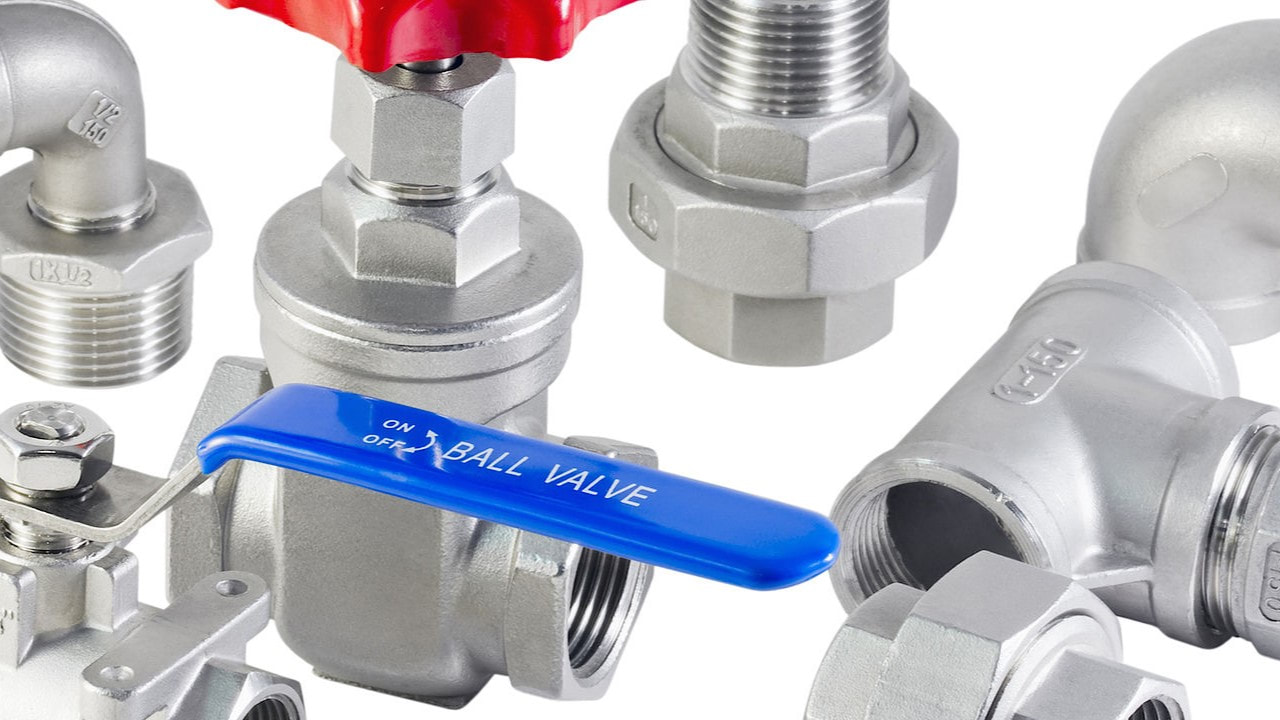|
The Purpose of the Valve: The valve is the control device for the fluid line. It can cut off and connect the medium in the pipeline, prevent the backflow of the medium in the pipeline, adjust the pressure and flow of the medium in the pipeline, and change the direction of the medium flow in the pipeline. It is used for overpressure safety protection, discharge of excess medium, prevent pressure exceeding the specified value, gas-water separation, etc. Now the valve has been widely used as a general mechanical product. The valve can be controlled by a variety of driving methods, such as manual, electric, pneumatic, hydraulic, electro-pneumatic, or electro-hydraulic linkage and electromagnetic drive, etc. It can be controlled by pressure, temperature, or other forms of sensing signals, required action, or not performing a simple on or off. The Composition of the Valve: The two important parts that make up the valve body are the valve body and the valve cover. The closed structure formed by them prevents the fluid from seeping out of the valve body. Classification of Valves: There are many types of valves. With the continuous improvement of the technological process and performance of various complete sets of equipment, the types of valves are still increasing, and there are many classification methods. By automatic and drive:
Classification by use and role:
Classified by technical parameters: 1. Classification by nominal size:
2. Classification by nominal pressure:
3. According to the working temperature of the medium:
4. Classification by valve body material
5. According to the connection method with the pipeline
6. Classification by manipulation:
Classification by structure special:
Classified by the structural principle: Gate:
Wedge gate valve:
Parallel gate valve - single plate parallel / double plate parallel:
Butterfly valve:
Eccentric butterfly valve:
Rotary valve:
Ball valve:
Plug valve:
Shut-off valve:
Throttle valve:
Check valve:
Lift check valve:
Safety valve:
Pressure reducing valve
Steam Traps:
Mechanical steam traps:
Thermostatic steam traps:
Thermodynamic steam traps:
Diaphragm valve:
Multipurpose valve:
Regulating valve:
Pneumatic control valve:
Electric regulating valve:
Manual regulating valve - according to valve shape:
There are many types of valves, and they have different functions and applicable fields. You can choose the appropriate valve type according to your needs. Reference: kknews
Comments are closed.
|
Categories
All
Machinery FutureShow You Lots of Latest Industry News & Knowledge to Change Your Industrial Vision. A knowledge platform established for industry
Search to Find You Need
|
Proudly powered by Weebly



